Methodology
NBJ’s basic methodology for nutrition industry quantification has been a complete compilation and assessment of existing data on the industry, augmented by NBJ surveys and interviews. Data is compiled and analyzed at each level of the value chain: consumer spending data (Hartman and Nielsen, for instance), retail sales figures (IRI and ACNielsen for mass market and SPINS, Natural Foods Merchandiser and Whole Foods magazine for natural food store data), alternative channels (NBJ surveys on multilevel marketing, catalog, practitioner and internet sales), distributor data and interviews, manufacturer sales (NBJ surveys) and raw material supplier data (NBJ surveys). Individual company data is also collected through surveys or secondary sources. NBJ also conducts 40+ interviews with executives every month to capture both qualitative and quantitative information.
NBJ’s business segment survey methodology starts with an understanding of the total universe of companies in that segment and an in-depth knowledge of the top 20–100 companies in that segment. NBJ then makes every effort to ascertain annual sales of the top firms and get an adequate response from surveying the remaining populace to build a statistically valid model for that segment. Segments NBJ surveys in this detailed manner include supplement manufacturers in each category, raw material suppliers in vitamins and herbs and botanicals, MLM firms, internet sellers, catalog sellers, etc. NBJ will typically capture 60–80 percent of the revenues in a defined segment using this method. Subsequently breakdowns received from companies are aggregated into segment models to obtain industry or segment breakdowns by product, sales channel, or other characteristic.
Sales data determined from each level of the nutrition industry value chain is reconciled against the other levels so consumer sales, retail sales, wholesale sales, distributor sales and material supply sales ratios are accurate for each product area.
Although NBJ has made every effort to be accurate in its data collection and presentation, it is impossible to be perfect and the authors beg your understanding of any inaccuracies that appear in this report. In addition, since NBJ’s data is constantly updated based on best available figures, in some cases previously published numbers may be inconsistent with the data in this report. Conversely, data in future NBJ issues and reports will represent best available data as of that time. If you have questions regarding sources and/or methodology, contact Claire Morton at cmorton@newhope.com.


